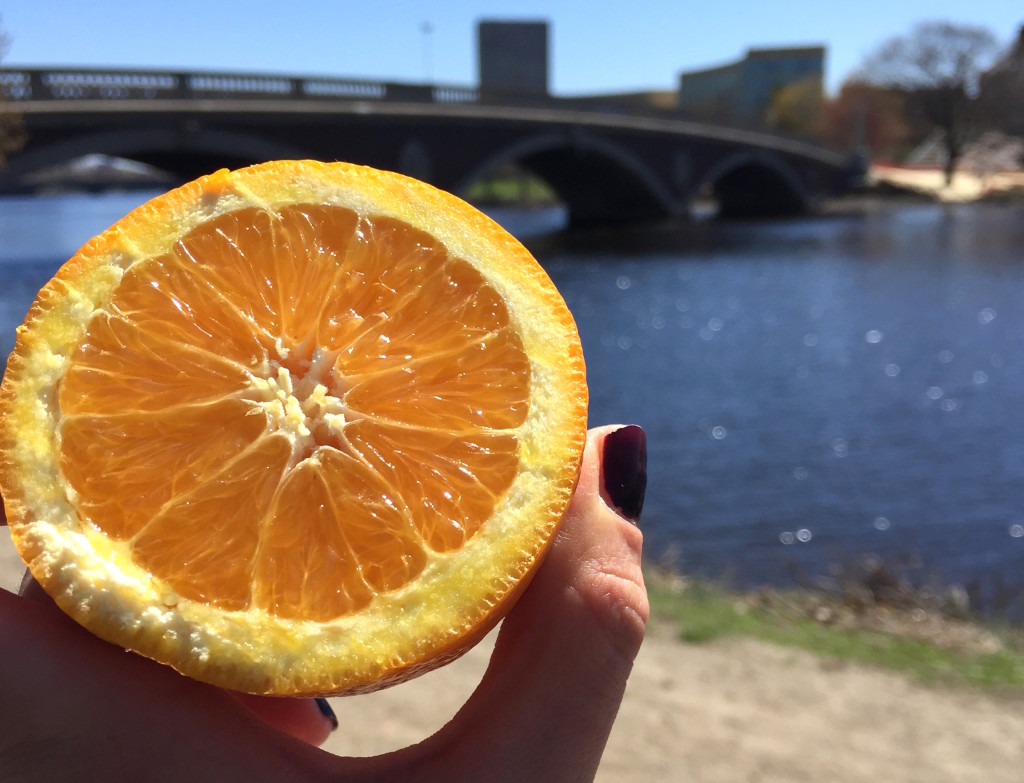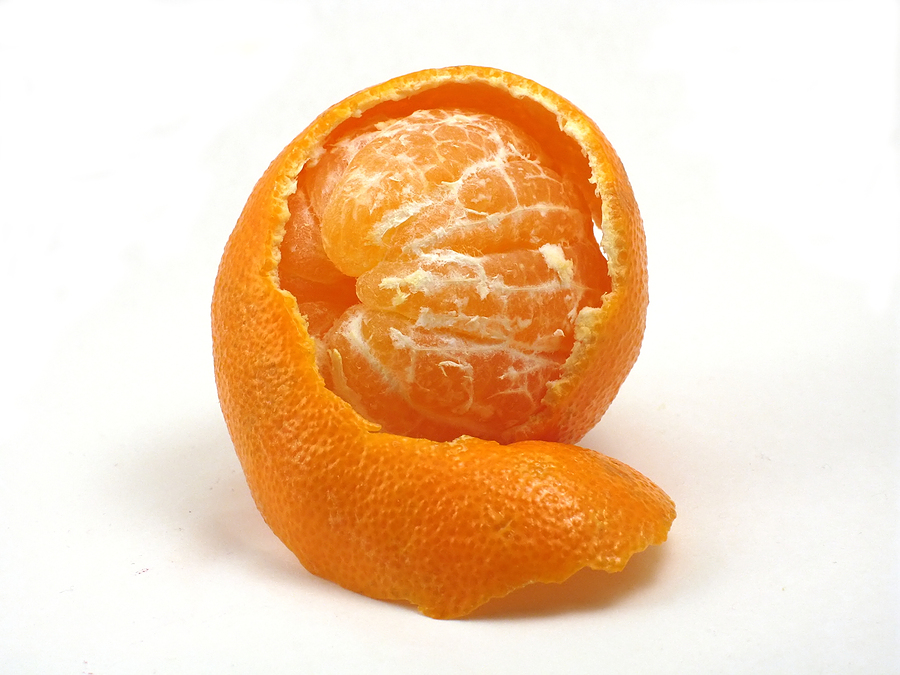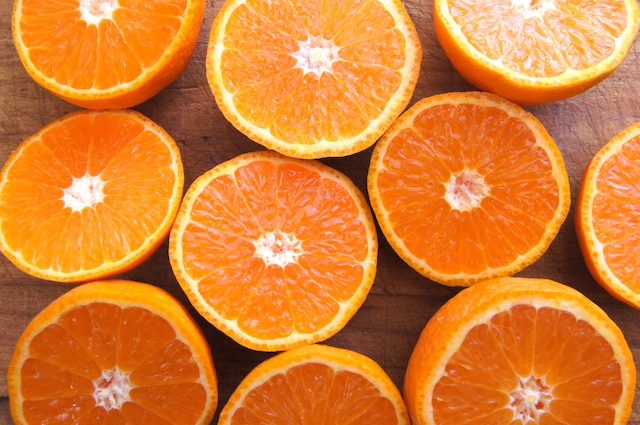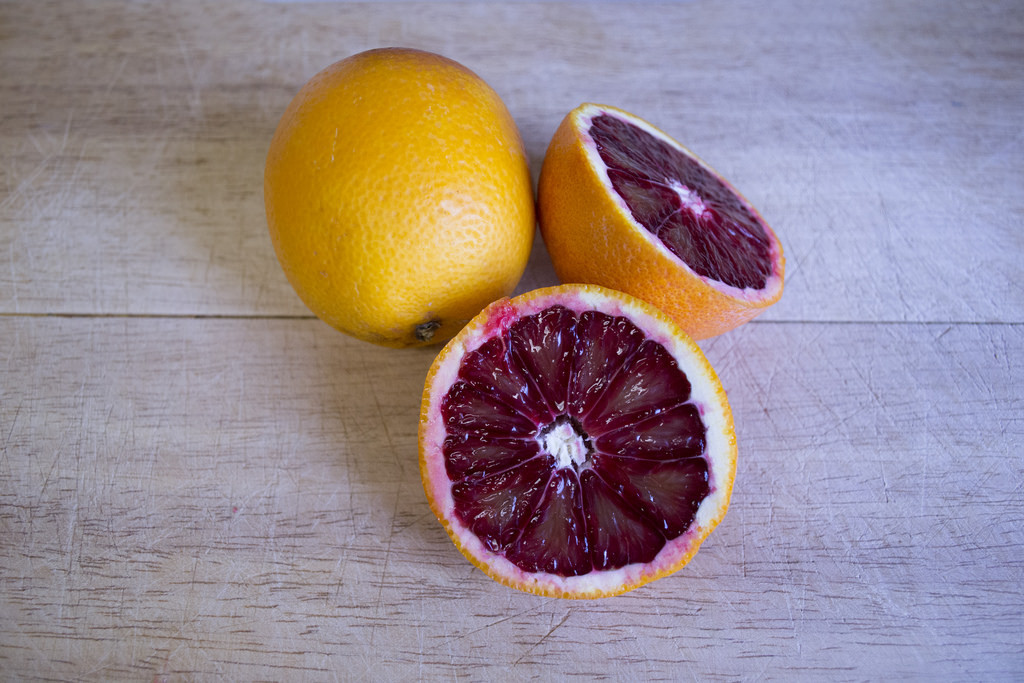Everyone loves a clementine… er, a tangerine. Mandarin? Contrary to popular belief, these fruits are all different. Here’s a quick guide to the snacks we’ve loved and trusted for forever but have never called by the right name. (Too bad there’s not one of these for the awesome people we met in Annenberg freshman year.)
Sweet (Juice) Oranges

Photo by Hannah Leverson
These are common oranges with a thick skin and sugary taste. There have been some pretty gnarly GMO-unique mutations in the sweet oranges we get in the d-hall. The Russian doll situation that results when an orange exists within an orange freaks me out.
Mandarin

Photo courtesy of harvesttotable.com
Mandarin oranges include a wide variety of citrus fruits. The Murcott mandarin is the most common of the mandarin oranges, and the Golden Nugget mandarin is a mini mandarin, closer to the size of a clementine. All mandarins have a medium thickness rind, making it one of the most peel-able fruits.
Tangerines

Photo courtesy of cookingontheweekends.com
The tangerine was first described as a type of mandarin, but it has since taken its own identity. Still genetically closely related to the mandarin orange, the tangerine is naturally seedier than its mother citrus. The seedless variety are my go-to.
Clementines

Photo by Dina Zaret
A clementine is a sweet orange-mandarin orange hybrid. It’s also easy to peel and very sweet, making the snack bring back 1st grade lunchbox nostalgia. (Along with PB&Js and Hi-C Poppin’ Pink Lemonade juice boxes, wrapped up with a note from Mom.)
Blood Orange

Photo by Haley Durham
These crimson red oranges grow best in colder climates. Their flavor ranges from tart to semi-sweet depending on the type of blood orange.
For more fruity goodness:

